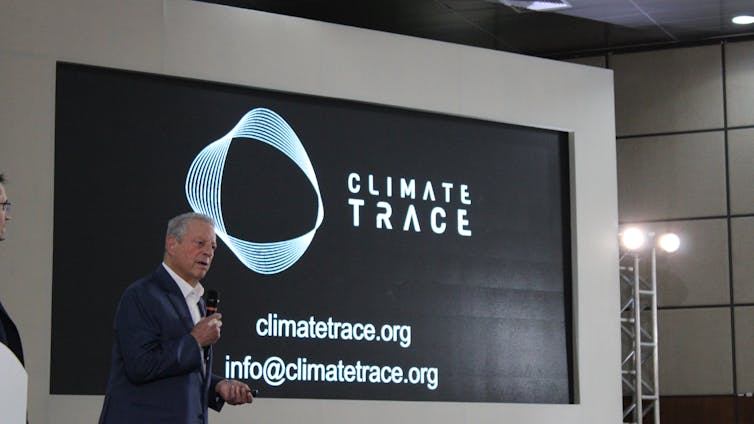Source: The Conversation – UK – By Daniel Kelly, Senior Lecturer in Biochemistry, Sheffield Hallam University
Pop-up clinics and glossy adverts are selling men a new message: it is time to “check your T” (shorthand for testosterone levels).
The idea is not about treating medical problems but about “optimising” energy, focus and masculinity. With online services offering home blood tests and fast-track access to treatment, testosterone therapy has shifted from specialist medical care to a supposed lifestyle upgrade.
Used appropriately, testosterone therapy can be life-changing. It is prescribed for men who have a medically confirmed deficiency known as hypogonadism, a condition where the body does not produce enough testosterone because the testes or the brain’s hormonal control system are not functioning properly.
This can be caused by injury, infection, genetic problems or chronic illnesses such as obesity and diabetes. When testosterone levels are genuinely low, restoring them can improve mood, sex drive, muscle strength and bone health.
There is also growing research into testosterone’s wider metabolic effects. In men with low testosterone who also have type 2 diabetes, obesity or heart disease, therapy may help improve insulin sensitivity (how effectively the body responds to insulin to regulate blood sugar) as well as fat distribution and blood vessel health.
The testing and diagnosis challenge
Many private “men’s health” and “wellness” clinics promote vague symptoms like tiredness, stress or lack of motivation as possible signs of low testosterone. They encourage men to get tested, at their own expense.
These tests are often done on finger-prick samples rather than on blood drawn from a vein. While finger-prick tests can be quicker and more comfortable, they can also be more prone to error if the sample has not been carefully collected. Venous samples taken by trained staff can be more reliable and provide higher-quality results.
Testosterone levels naturally fluctuate throughout the day, peaking in the early morning and falling later on. That is why doctors recommend testing on two separate mornings, ideally after fasting.
A single, non-fasting test can produce misleadingly high or low results, yet some online providers use just one test before offering expensive treatment packages.
There is no single definition of what counts as “low testosterone”. Reference ranges differ between laboratories, and “normal” varies by age, health and genetics. Some men with lower readings feel perfectly well, while others experience symptoms at the same level.
The body’s response also depends on how sensitive its androgen receptors are (the molecular switches that initiate testosterone’s action inside cells). This means that blood concentration alone does not tell the full story.
Read more:
Testosterone: why defining a ‘normal’ level is hard to do
Clinical guidelines stress that diagnosis should combine both symptoms and blood results. Many issues blamed on “low T” (fatigue, poor sleep, loss of motivation, weight gain) can often be linked to stress, depression, or lifestyle factors such as alcohol use and inactivity.
The myth of optimisation
An increasing number of men are starting testosterone therapy even though their hormone levels are normal, drawn in by promises of greater vitality, sharper focus and improved physical performance.
Raising testosterone levels above about 12 nanomoles per litre – the standard unit used in blood tests – is unlikely to produce further gains in the areas most linked to testosterone deficiency, such as sexual function, energy or mood. Men already in this range who add therapy may expose themselves to side effects with little or no advantage.
And once treatment begins, the body’s natural hormone production slows down, meaning therapy often becomes long-term. Stopping can lead to a temporary withdrawal-like phase, as the body takes time to restart testosterone production.
When prescribed correctly and monitored carefully, testosterone therapy is generally safe. Earlier fears that it increased prostate cancer risk have largely been disproven, and some studies even suggest it may offer protection.
But other research links testosterone therapy to a slightly higher risk of atrial fibrillation – an irregular heartbeat – and blood clots.
The more immediate concerns are about fertility. Testosterone treatment reduces the brain’s signal that tells the testes to produce both testosterone and sperm. Over time this can lead to infertility, sometimes permanently if therapy continues for more than 3-5 years.
In men who still wish to have children, doctors can add drugs called gonadotrophins, which mimic the brain’s natural fertility hormones to keep the testes producing sperm, but these require specialist management.
Testosterone has become cultural shorthand for strength and virility. When testosterone therapy is viewed as a shortcut to confidence or masculinity rather than a treatment for genuine deficiency, it can trap men in a cycle of self-doubt and dependence.
Exposing a gap
Testosterone is a prescription-only drug for a reason. It needs careful diagnosis, regular blood tests and close supervision by specialists trained in hormone medicine. When men rely on online adverts or convenience clinics instead of proper medical assessment, they risk unnecessary treatment.
Many later turn to health services for reassurance, follow-up or to manage side effects of a therapy they may never have needed – a growing trend that is already stretching endocrinology clinics.
Still, the rise of online clinics has exposed a long-standing gap in men’s health. Many men avoid seeing doctors, and true testosterone deficiency often goes undiagnosed. With proper oversight and stronger links to healthcare systems, these services could help raise awareness without promoting unnecessary treatment.
When used correctly, testosterone restores health. Used carelessly, it risks undermining it – for men and for the healthcare system that supports them.
![]()
Daniel Kelly does not work for, consult, own shares in or receive funding from any company or organisation that would benefit from this article, and has disclosed no relevant affiliations beyond their academic appointment.
– ref. What men should know before signing up for testosterone ‘optimisation’ – https://theconversation.com/what-men-should-know-before-signing-up-for-testosterone-optimisation-269558









